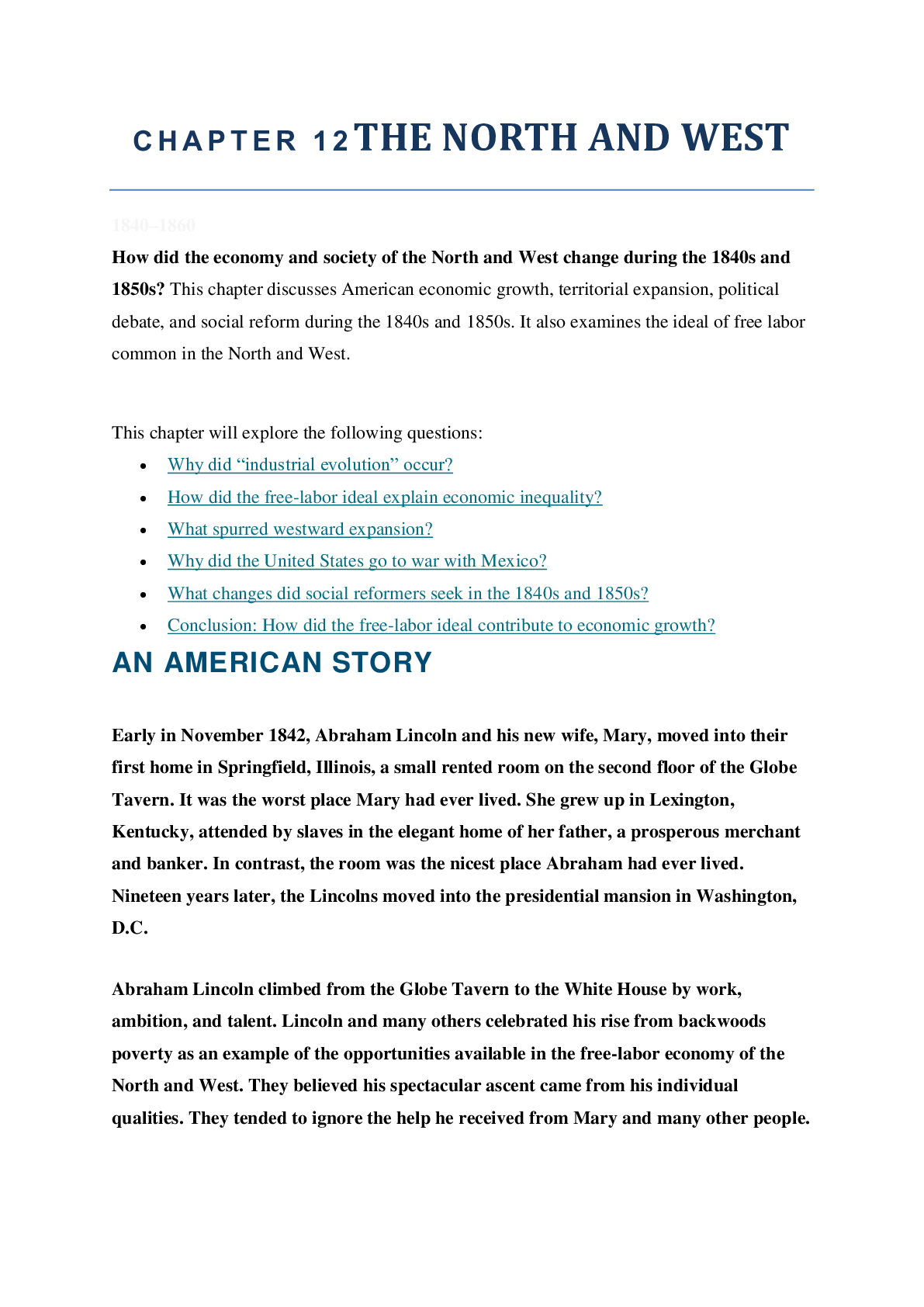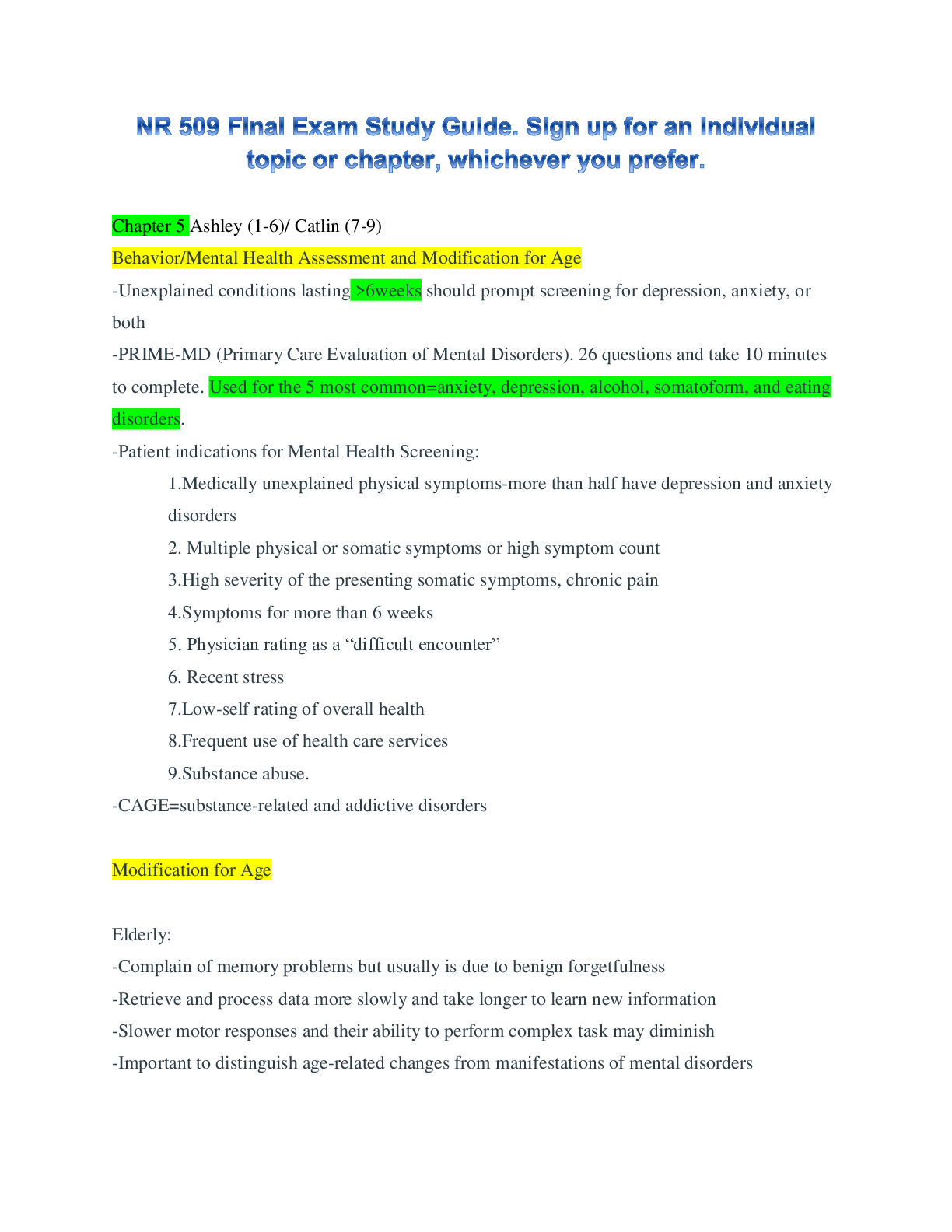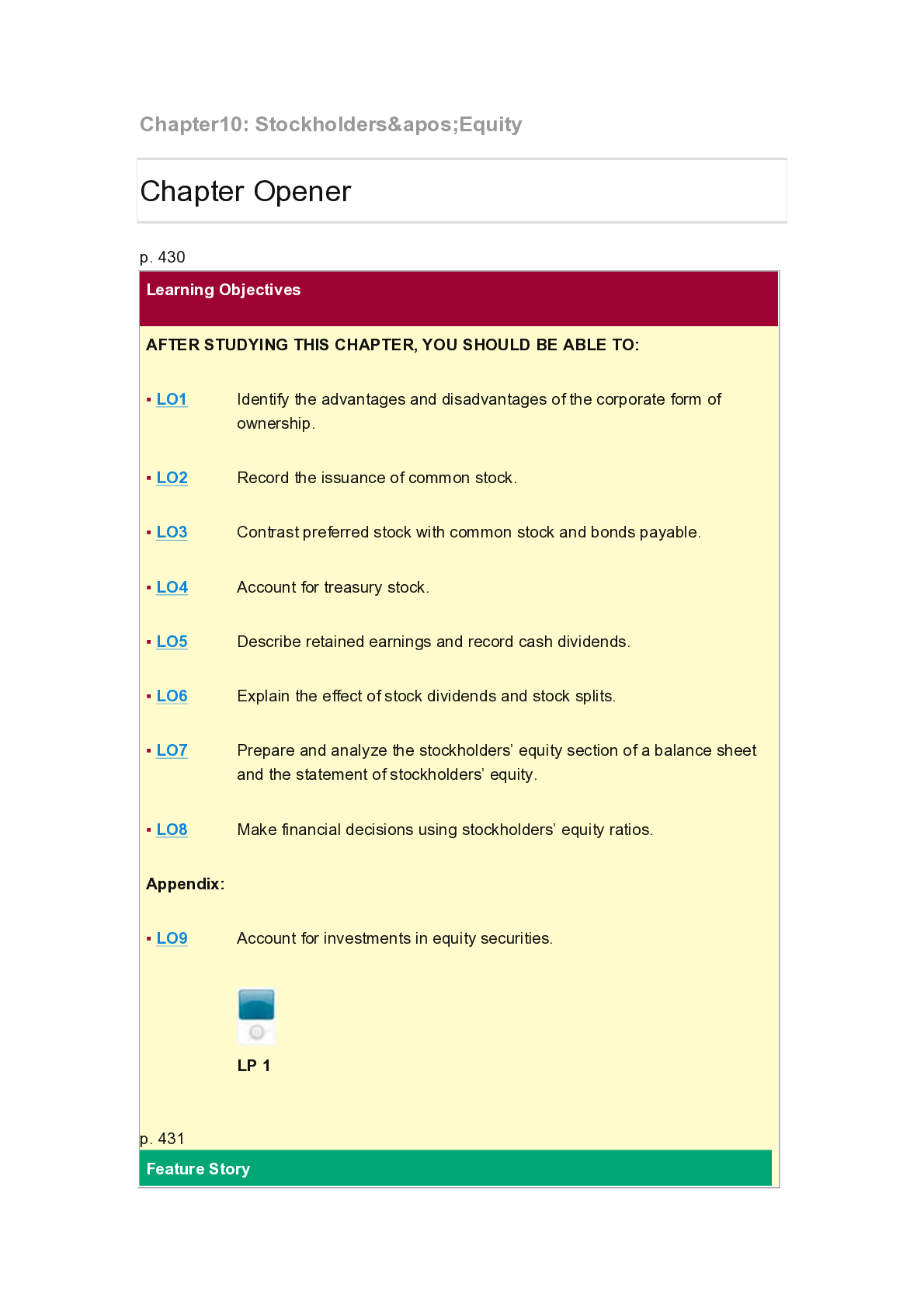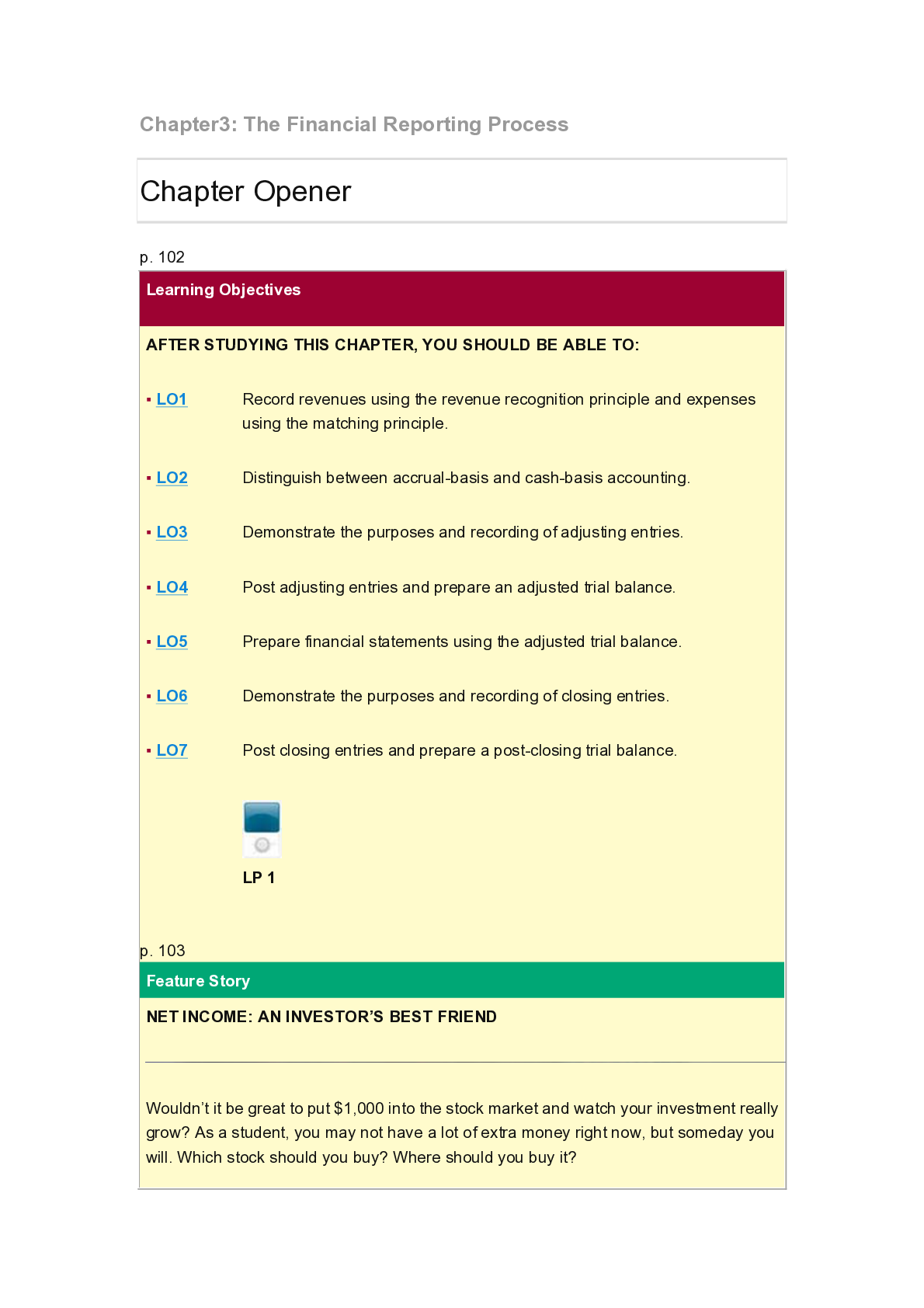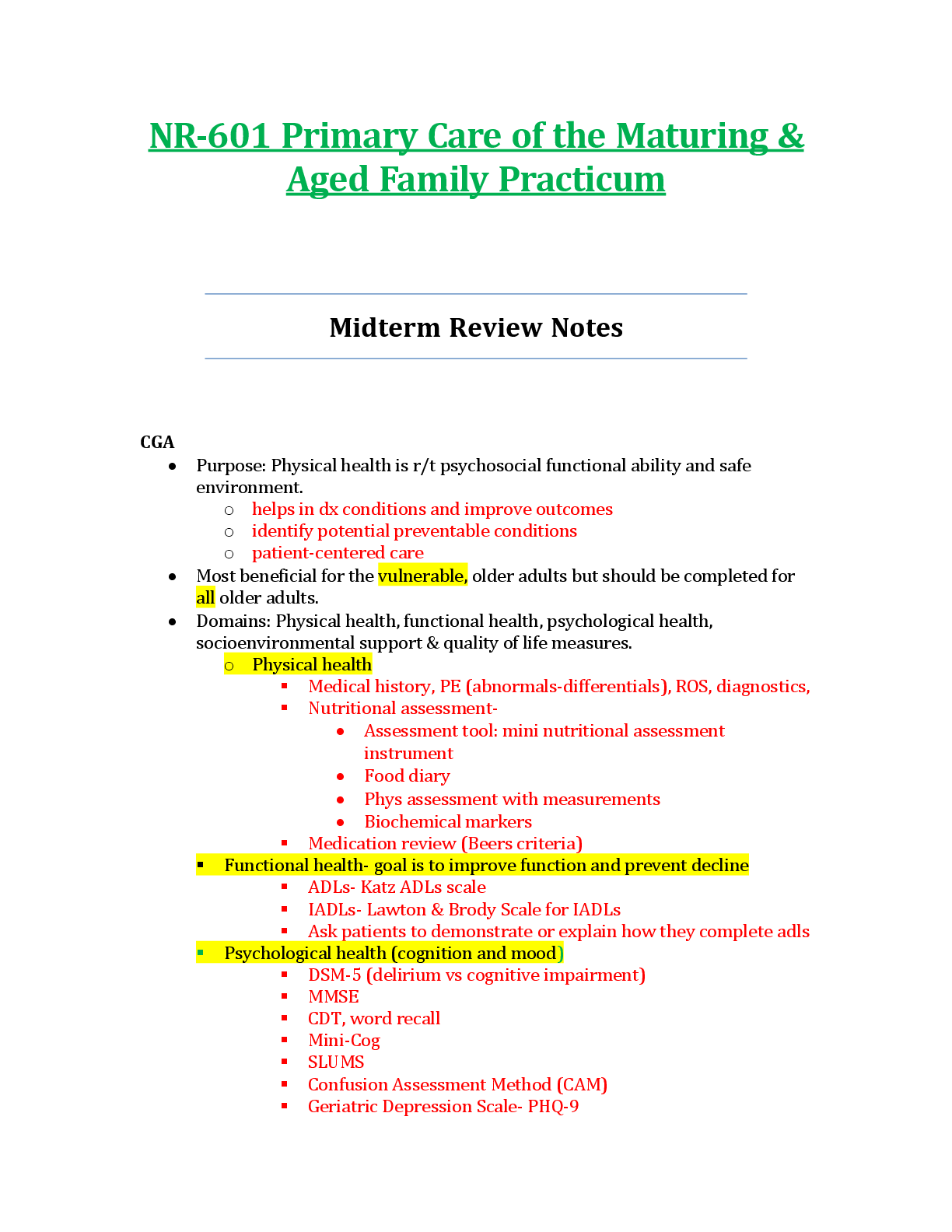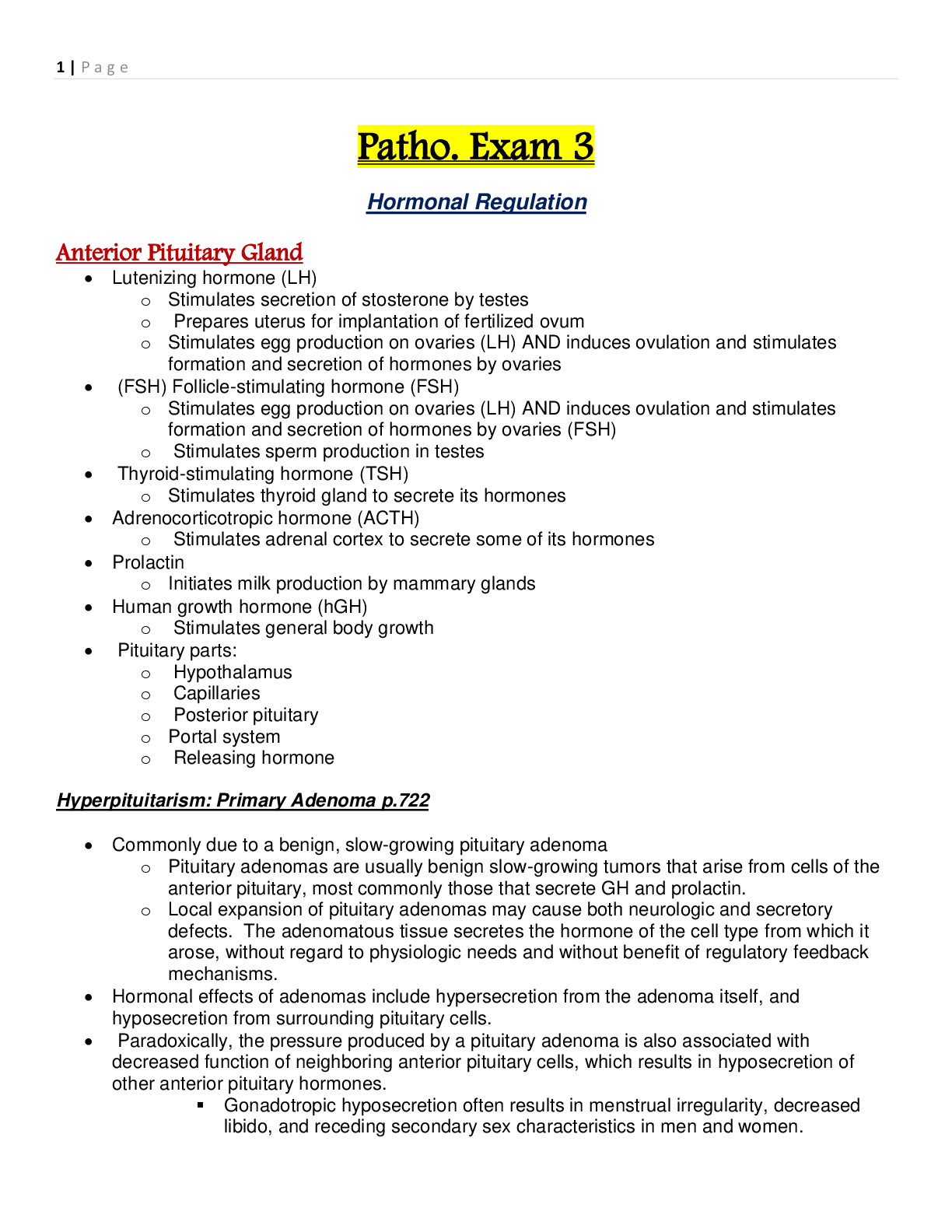Architecture > Study Notes > Development Feasibility and Modelling -Discounted Cash Flow Approach. THEORY PRESENTATION (All)
Development Feasibility and Modelling -Discounted Cash Flow Approach. THEORY PRESENTATION
Document Content and Description Below
Feasibility StudiesThe feasibility of a proposed project can be determined using either the; q Hypothetical Development Approach / Method q Discounted Cash Flow Analysis / Method Development Fea ... sibilityDiscounted Cash Flow Analysis Discounted Cash flow analysis incorporates time value of money theory in determining project viability, by considering the timing of all costs and revenuesTerminology – DCF approach Discount Rate (DR) – Desired Rate of Return Internal Rate of Return (IRR) – Actual rate of Return Gross Present Value (GPV) The sum of the present values for all cash flows involved in the development however excluding the purchase price of the site and related acquisition costs. The GPV represents the maximum amount that can be paid for the site (inclusive of acquisition costs)Terminology – DCF approach Net Present Value (NPV) Is the sum of the present value’s for all cash flows involved in the development. The NPV is expressed relative to the purchase price factored into the DCF model. A positive NPV indicates that the purchase price can be increased by the NPV amount and still achieving the Discount Rate (Desired Rate of Return). A negative NPV indicates that the purchase price needs to be decreased by the NPV amount for the project to achieve the Discount Rate. A Zero “0” NPV indicates that the project is achieving exactly the Discount Rate and so is viable.Development Margin Vs Discount Rate (or IRR) In this example, the developer is purchasing a property today which will be sold in 2 years time (Assume all development costs occur at time of purchase). Today Year 1 Year 2 Present Value $100,000 Future Value $120,000 Future Revenue $ 120,000 Present Cost $ 100,000 Investment Term 2 Years 1. Development Margin 20% 2. Discount Rate (IRR) 9.54%Discounted Cash Flow Analysis In Discounted Cash Flow analysis: • We simply forecast a cash flow budget for the project and then calculate the net cash flow per period (with cost items being negative and revenue items being positive) • This results in a net cash flow per period (individual net cash flows may be positive or negative or possibly equal “0”) • The net cash flow for each period is then discounted to obtain the present value of that cash flow (simply a series of Future Value to Present Value calculations) • Gross Present Value (GPV) or Net Present Value (NPV) – is the sum of these present valuesGross Present Value (GPV) The Gross Present Value (GPV): • is the sum of the present values of each budgeted cash flow period but WITHOUT the purchase costs of the land being incorporated in the cash flow • The GPV is usually calculated prior to the acquisition of the development site for the purposes of determining the MAXIMUM amount the developer can afford to pay for the site • People often confuse GPV with NPV – it is important to check first whether the purchase price and associated acquisition costs have been included in the DCF budgetNet Present Value (NPV) The Net Present Value (NPV): • is the sum of the present values of each budgeted cash flow period WITH the purchase price & acquisition costs of the land being incorporated in the cash flow • The Net Present Value is the sum of present values of all project cash inflows and outflows over the life of the project • The GPV & NPV discount actual or budgeted cash flows to a present value using a pre-determined Discount RateDiscount Rate The Discount Rate (DR) is the rate of return used to discount all future cash flows to determine their relative worth in today’s dollars (Present Value) The discount rate is also often referred to as: IRR – Internal Rate of Return Target Internal Rate of Return Target Discount Rate Hurdle Rate The Discount Rate / Target IRR / Hurdle Rate is simply the DESIRED RATE of RETURN on funds investedInternal Rate of Return (IRR) is the ACTUAL RATE OF RETURN on an annualised basis (eg - money invested in a bank account earning interest of 5% pa would have an IRR of 5%) • In order to calculate an IRR we need to include the purchase price and associated acquisition costs of the development site / opportunity within the cash flow budget • The internal rate of return (IRR) is the discount rate at which the net present value equals zero. [Show More]
Last updated: 3 years ago
Preview 1 out of 21 pages
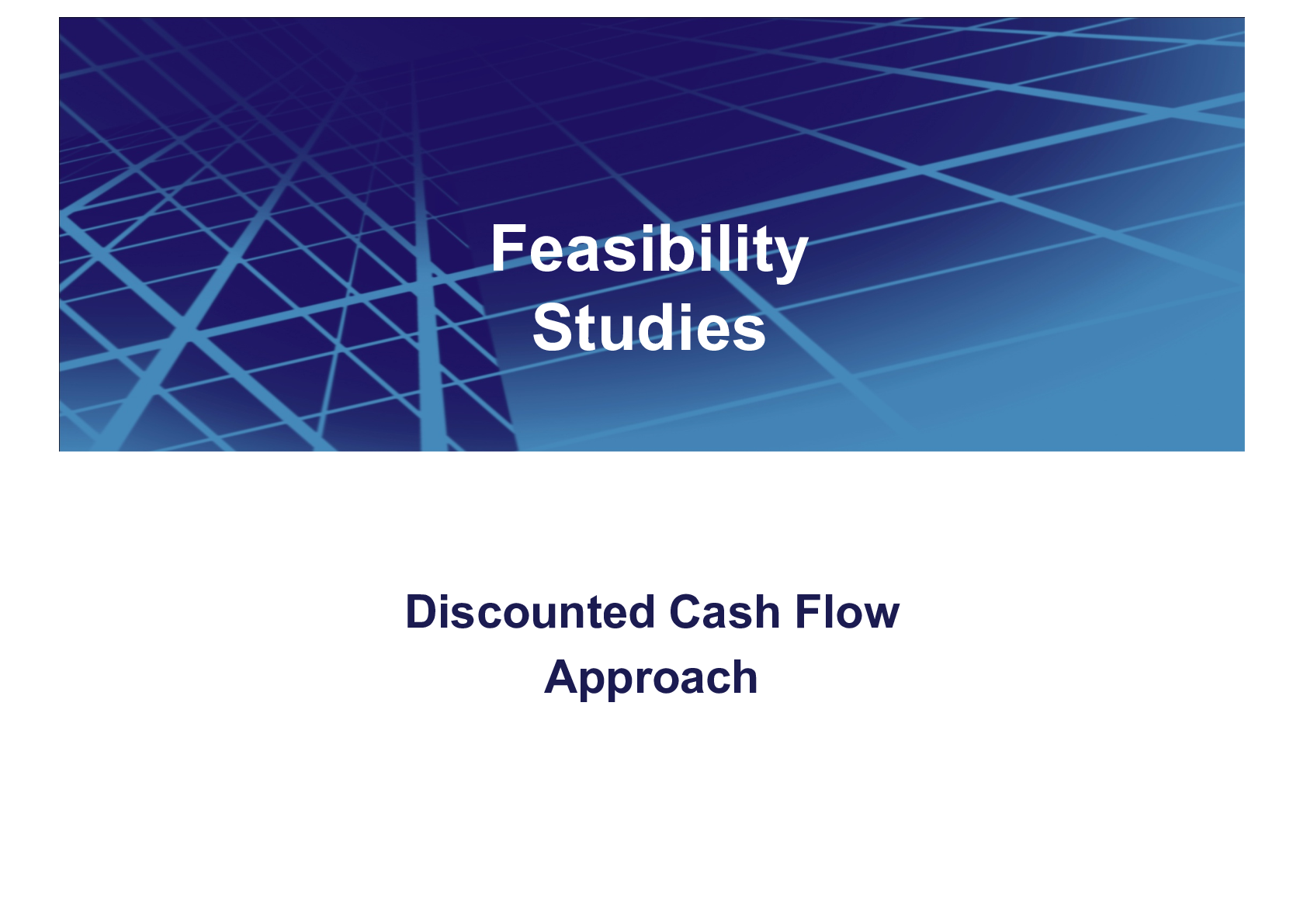
Buy this document to get the full access instantly
Instant Download Access after purchase
Buy NowInstant download
We Accept:

Reviews( 0 )
$4.00
Can't find what you want? Try our AI powered Search
Document information
Connected school, study & course
About the document
Uploaded On
Jun 16, 2020
Number of pages
21
Written in
All
Additional information
This document has been written for:
Uploaded
Jun 16, 2020
Downloads
0
Views
311

